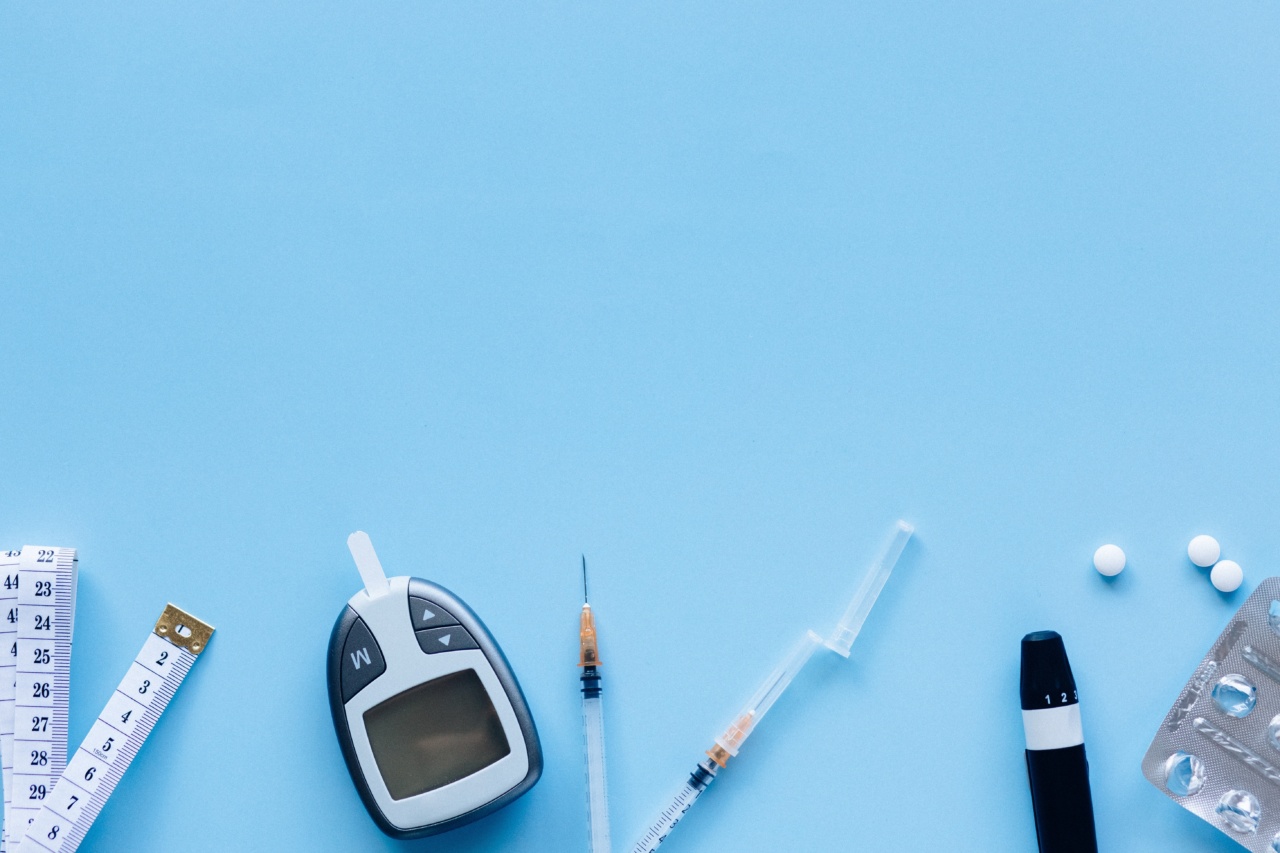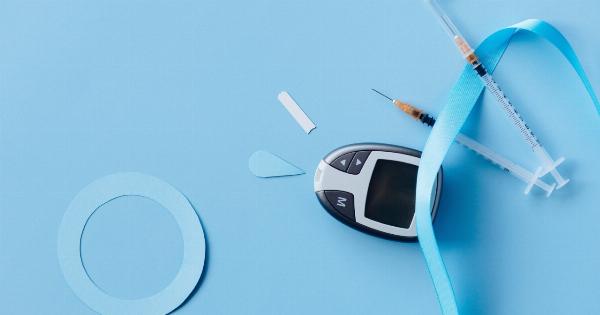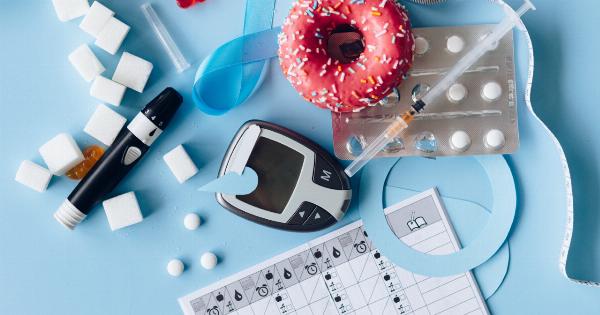For decades, people living with diabetes have had to deal with the inconvenience of insulin storage. Insulin, the hormone that regulates blood sugar levels, needs to be kept at the right temperature to remain effective.
This has meant carrying coolers around, or even refraining from certain activities altogether to avoid exposing insulin to extreme temperatures. But all that could be about to change, thanks to a new insulin storage method that removes the need for coolers entirely.
Why Insulin Storage is So Important
Insulin is a hormone produced by the pancreas that helps the body use glucose for energy. For people living with diabetes, the amount of insulin produced by the body is either insufficient or non-existent.
This means that insulin has to be injected, either by needle or pump, in order for the body to function. However, insulin is a delicate hormone that needs to be stored at the right temperature to remain effective. If it gets too hot or too cold, its structure can become compromised and its effectiveness can be severely diminished.
For this reason, people living with diabetes have had to carry special bags or coolers to keep insulin at the right temperature while out and about. This can be a real inconvenience, and can require a lot of foresight and planning.
For example, if someone wants to go on a hike, they would have to pack enough insulin to last the duration of the hike, as well as enough ice packs to keep the insulin at the right temperature. They would also need to make sure that they don’t expose the insulin to direct sunlight or extreme heat or cold during the hike.
But there is good news on the horizon for people living with diabetes, as a new way of storing insulin could make the need for coolers and ice packs entirely obsolete.
The New Insulin Storage Method
The new insulin storage method involves encapsulating the insulin inside a peptide called andesite. Andesite is a naturally occurring peptide that has been found to be highly resistant to temperature fluctuations, making it ideal for insulin storage.
The andesite encapsulation is achieved using a simple process that involves mixing andesite with insulin in a solution, then drying the solution to form a powder.
The powder can then be stored at room temperature, without the need for special storage conditions.
Not only does this new method remove the need for coolers and ice packs, it also has the potential to greatly simplify insulin storage for people living with diabetes.
They would no longer have to worry about exposing their insulin to extreme temperatures, and would be able to carry their insulin with them wherever they go, without the need for special bags or equipment.
Other Benefits of the New Insulin Storage Method
The new insulin storage method has other benefits beyond the convenience of not needing coolers or ice packs. For example:.
- The andesite encapsulation protects insulin from degradation due to light exposure, which is another factor that can compromise its effectiveness.
- The andesite encapsulation allows for a slower release of insulin, which could help individuals manage their blood sugar levels more effectively.
- The andesite encapsulation is biocompatible and non-toxic, making it safe for use in the human body.
- The andesite encapsulation is both easy and inexpensive to produce, making it an attractive option for manufacturers.
Overall, the new insulin storage method has the potential to greatly improve the lives of people living with diabetes, by making insulin storage simpler, safer, and more convenient.
Conclusion
The new andesite encapsulation method for insulin storage is a major breakthrough in the field of diabetes management.
It has the potential to greatly simplify the lives of people with diabetes, by removing the need for coolers and ice packs, and by providing a way to store insulin at room temperature, without the need for special storage conditions. The andesite encapsulation also offers other benefits, such as protection from light degradation and a slower release of insulin. This new technology is still in the development stage, but it is an exciting step forward in the fight against diabetes.































